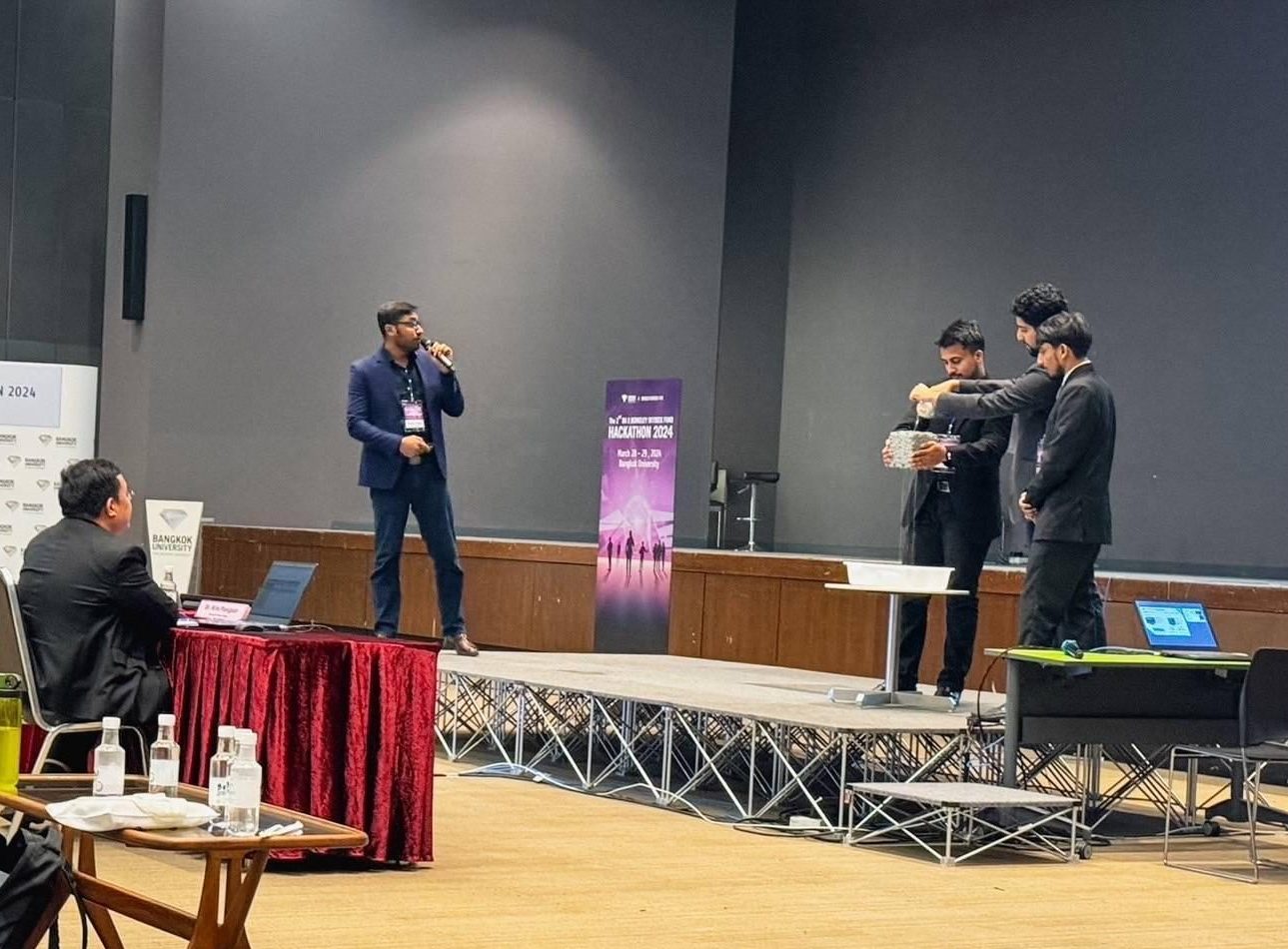.
Introducing the “Internet of Things” where various physical objects
are networked and connected to each other, was Jonathan Brewer of the
Network Startup Resource Center (NSRC), at a talk delivered at intERLab
at the Asian Institute of Technology (AIT) on 15 December 2014.
Describing how tiny microprocessors are radically transforming life,
Jonathan presented myriad real-life applications, which went beyond
consumerism. Quoting an example from New Zealand, Jonathan revealed
that sensors are replacing physical logbooks, necessitated by the
mandatory requirement of recording of temperature inside refrigerators
in the food industry. Similarly thermostats are now connected via
wireless connections, enabling accurate and reliable recording of
data.
A major cost saver could emerge in the electricity transformer
industry since it is not always possible to ascertain the failure rate
of transformers. “The decision to replace a transformer is often taken
by the accountant,” Jonathan remarked. This decision is based on
factors like the average life of a transformer, along with
considerations including the inconvenience caused to consumers or the
possibility of explosion due to transformer failure. A better technical
option is a sensor immersed in transformer oil, that could transmit the
transformer temperature to enable a better scientific prediction.
Replete with examples of how networked and interconnected objects are
being used in a range of cases from water shortages in India to
mousetraps in British supermarkets, the talk ended with participants
being asked to come up with solutions on how AIT could benefit from the
installation of such sensors.
Prof. Kanchana Kanchanasut, AIT’s Vice President for Research, and
Director, intERLab, stated that the outcome of the workshop would be a
sensor network at the Aquaculture and Agriculture fields, along with
the installation of air quality sensors in the campus.
The talk was a part of the five-day training on “Wireless Sensor
Networks,” which was jointly organized by the International Centre for
Theoretical Physics (ICTP), NSRC and AIT. Training instructors included
Marco Zennaro from ICTP, Italy; Sebastian Buettrich of NSRC, Denmark;
Jonathan Brewer, NSRC, New Zealand; and Lars Yndal Sorensen of IT
University of Copenhagen, Denmark. Workshop participants came from AIT,
Kasetsart University, King Mongkut’s University of Technology,
Thonburi, and National Science and Technology Development Agency
(NSTDA).







